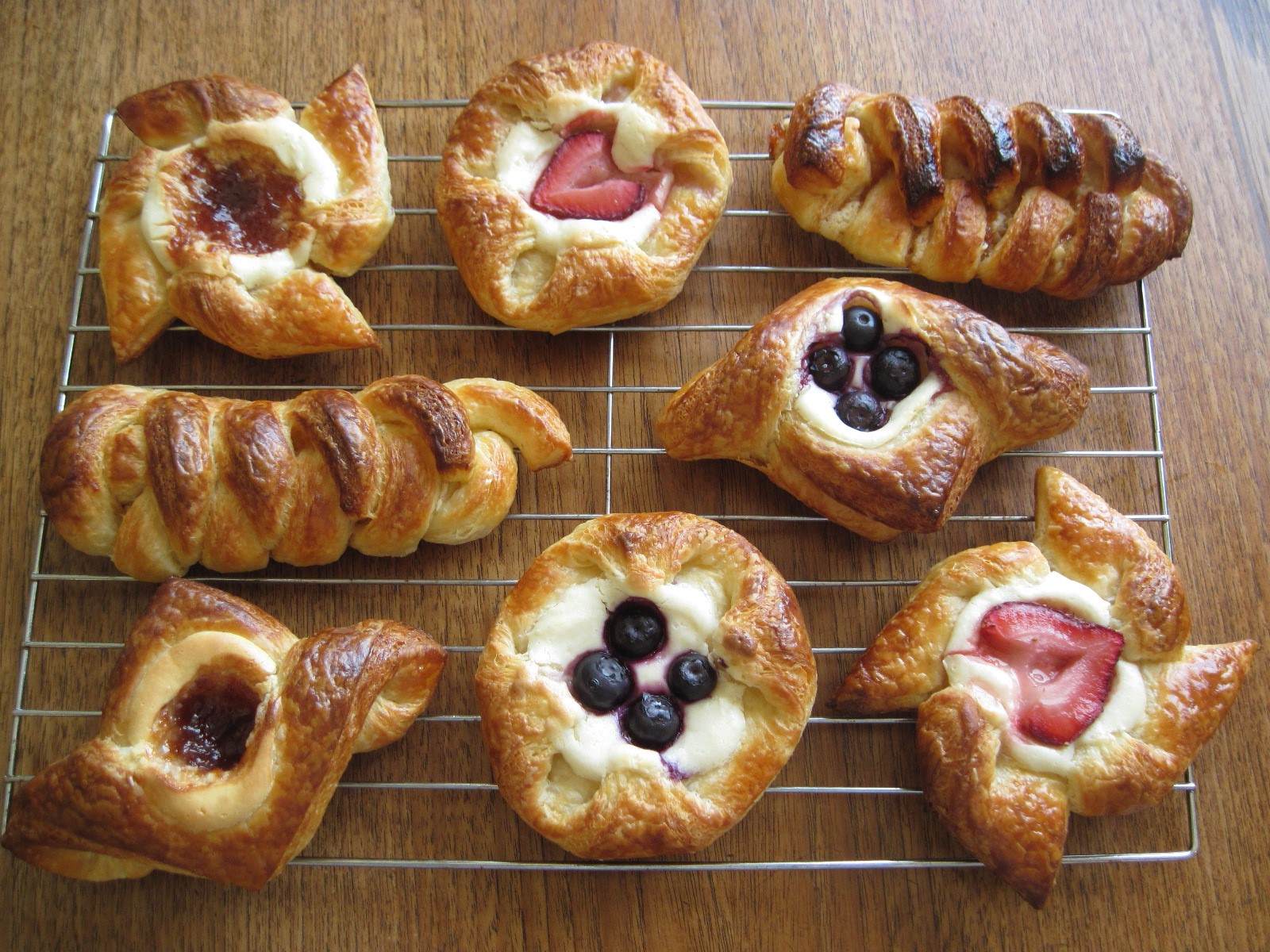The Surprising Truth About Danish Pastries

Did you know that Danish pastries aren't originally from Denmark? These delicious, flaky treats have a fascinating history that might surprise you. While many people associate them with Danish bakers, their roots actually trace back to Austria. In the 19th century, Austrian bakers brought their techniques to Denmark, where local bakers adapted the recipes, creating the beloved pastries we enjoy today. This blend of Austrian and Danish baking traditions resulted in the unique, buttery layers that make these pastries so irresistible. Next time you bite into a Danish pastry, you'll know the rich history behind that sweet, flaky goodness.
The Origin of Danish Pastries
Danish pastries, known for their flaky layers and sweet fillings, have a fascinating history. Despite their name, these pastries didn't actually originate in Denmark.
Vienna, Austria: The story begins in Vienna. In the 1850s, a bakers' strike in Denmark led to the import of Austrian bakers. They brought with them their own recipes, including a type of pastry that would eventually become the Danish.
Denmark: Danish bakers adapted the Austrian recipes, adding their own twists. They incorporated more butter and created new fillings, leading to the creation of what we now know as Danish pastries.
Popular Types of Danish Pastries
Danish pastries come in various shapes and flavors. Each type offers a unique taste experience, making them a favorite treat worldwide.
Spandauer: This classic Danish pastry features a dollop of custard or jam in the center, surrounded by flaky, buttery layers.
Kanelstang: A cinnamon stick-shaped pastry filled with cinnamon and sugar, often topped with icing or nuts.
Frøsnapper: Twisted pastry strips filled with remonce (a mixture of butter and sugar) and sprinkled with poppy seeds.
How Danish Pastries Are Made
Creating Danish pastries involves a meticulous process. The key lies in the dough and the technique used to achieve those signature layers.
Laminated Dough: The dough is repeatedly folded and rolled with butter, creating multiple layers. This process, known as lamination, gives the pastry its flaky texture.
Proofing: After shaping, the dough is left to rise. This step is crucial for achieving the light, airy texture of a perfect Danish pastry.
Baking: Finally, the pastries are baked until golden brown. The high heat causes the layers to puff up, resulting in a crispy exterior and soft interior.
Where to Find the Best Danish Pastries
For those eager to taste authentic Danish pastries, certain places stand out. These bakeries are renowned for their exceptional pastries.
La Glace, Copenhagen: Established in 1870, this historic bakery offers a wide range of traditional Danish pastries, including their famous Spandauer.
Lagkagehuset, Various Locations: With branches across Denmark, Lagkagehuset is known for its high-quality pastries and modern take on classic recipes.
Andersen Bakery, Tokyo: Surprisingly, some of the best Danish pastries can be found in Japan. Andersen Bakery, founded by a Danish baker, brings authentic flavors to Tokyo.
Fun Facts About Danish Pastries
Danish pastries have some interesting trivia that adds to their charm. These fun facts highlight the pastry's unique journey and cultural significance.
Name Confusion: In Denmark, these pastries are called "wienerbrød," which translates to "Viennese bread," acknowledging their Austrian origins.
Royal Approval: Danish pastries gained international fame after being served at the wedding of Princess Anne-Marie of Denmark and King Constantine II of Greece in 1964.
Global Variations: Different countries have their own versions of Danish pastries. In the United States, they are often larger and sweeter, while in Japan, they are more delicate and less sugary.
Danish Pastries: More Than Just a Treat
Danish pastries offer a delightful mix of history, culture, and flavor. Originating from Austria, perfected in Denmark, these pastries have become a beloved treat worldwide. Their flaky layers, sweet fillings, and rich taste make them a favorite for breakfast or dessert. Whether you enjoy a classic cinnamon roll or a fruit-filled delight, each bite tells a story of craftsmanship and tradition.
Next time you savor a Danish pastry, remember its journey from Vienna to Copenhagen. Appreciate the skill and passion bakers put into creating these delicious treats. Danish pastries are more than just food; they are a piece of culinary art that brings joy to many. So, grab your favorite pastry, a cup of coffee, and enjoy a moment of pure bliss.

